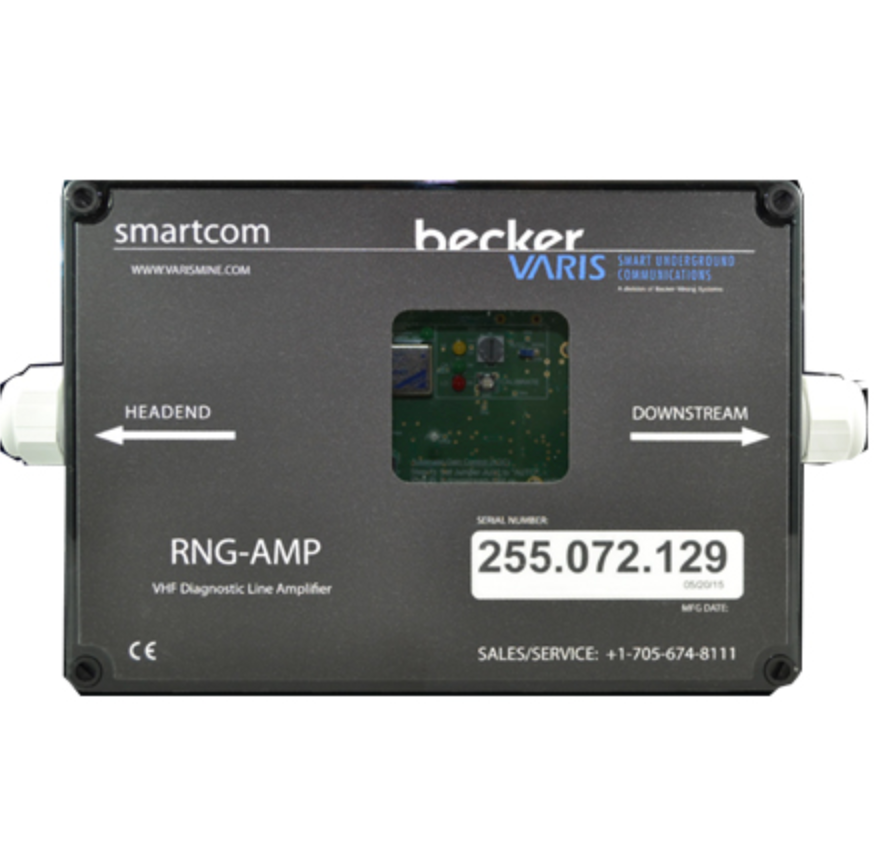The through-the-earth mine communications is an innovative tool of communications that we use to connect the people who work in mines and keep them connected to the surface. This way, miners can be aware of what is happening around them, not to be caught unawares when emergencies arise.
By tracking, relaying, and monitoring situations in real-time through radio or satellite communication systems, people working at ground level can manage potential accidents before any harm is done.
This technology is currently being used in South Africa for mining and oil industries. It is also used in the military, law enforcement, and security industries.
When a mine accident happens, the first thing that rescuers will do is stop any traffic from entering or leaving the mine immediately. Any vehicles on site are then evacuated to a secure area not to be harmed during rescue operations. The people who work at ground level are then notified of the situation to take appropriate action.
How does Through-the-earth mine communications work?
Communication is made possible through an extensive array of underground antennas that are placed strategically at different levels. These antennas receive and transmit information from the mine so that authorities know what is happening inside. This way, rescuers can accurately locate people and vehicles down below.
Through-the-earth mine communications use both Radio and Satellite technology to transmit signals from the mine to the surface. The transmitter sends out information while the antenna receives it so that people at ground level are kept informed about what is going on below. The signals are encrypted to ensure that no one down below can eavesdrop on the transmissions.
Through-the-earth mine communications are best used in situations where there is a risk of a collapse or cave-in. An example of this is the case of Deepwater Horizon, which occurred on April 20, 2010, when an oil rig exploded and sank, causing an oil spill. The rescue operations were carried out using Through-the-earth mine communications since it was impossible to carry out a rescue without knowing what exactly was at ground level.
The Deepwater Horizon oil rig was manned by 126 people, most of whom were brought to safety in lifeboats. The remaining 11 missing workers, however, were trapped down below at the bottom of the sea. Before a rescue operation could proceed, the exact position of those trapped had to be determined. This was when Through-the-earth mine communications came into play as they were used to send a tight-beam signal down through the Earth’s core and locate a worker who had managed to get out of his cabin before it exploded.
Becker Communication’s Through-the-earth mine communications
Through-the-earth communication is a solution for mine communication problems that the Becker Communication Company has well researched. It works in conjunction with a universal translation service to allow people in mines to communicate with the outside world. The firm has also made progress in providing solutions and improvements to its existing service.
Their recent research and development includes “a new, more efficient way to transmit information through a radio to be transmitted from coal seam sensor tags placed into mine workings.”
Conclusion
Communication is an integral part of being able to escape from a mine disaster. However, the techniques that rescue workers use to communicate with each other and the miners depend on their location. Through-the-earth communication and other radio and satellite methods relay messages from rescue workers through the Earth’s crust. The distance between each location can vary depending on how deep in the ground they are, however.
The most important part of any rescue operation is accurately knowing where all the workers are located. If a worker is found and saved quickly, then it will save more lives and be more effective as an overall rescue operation. It has also been shown that having a tight-beam radio system can make rescuers even safer as it will provide them with clearer communication with other members of their teams. If you would like to learn more contact us today!


